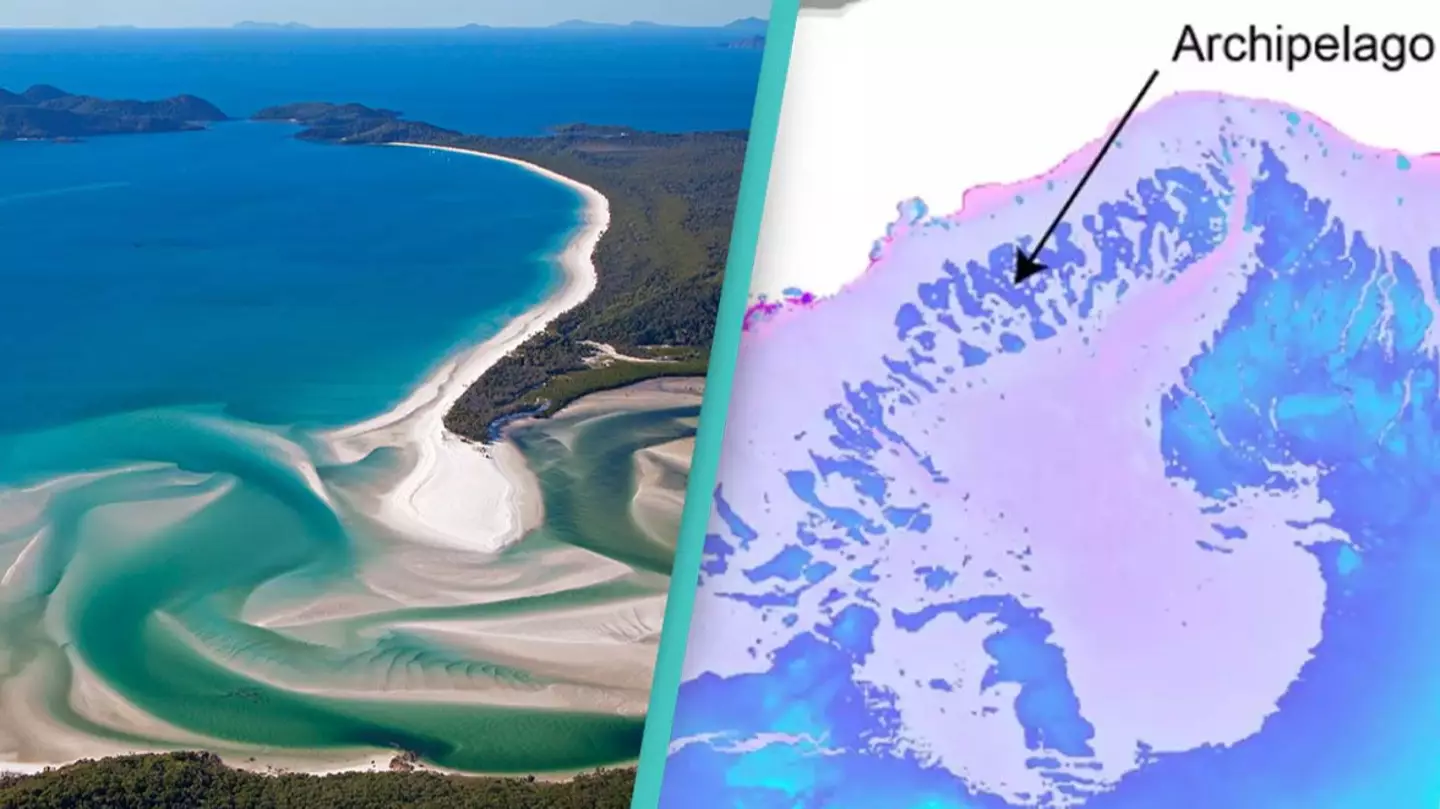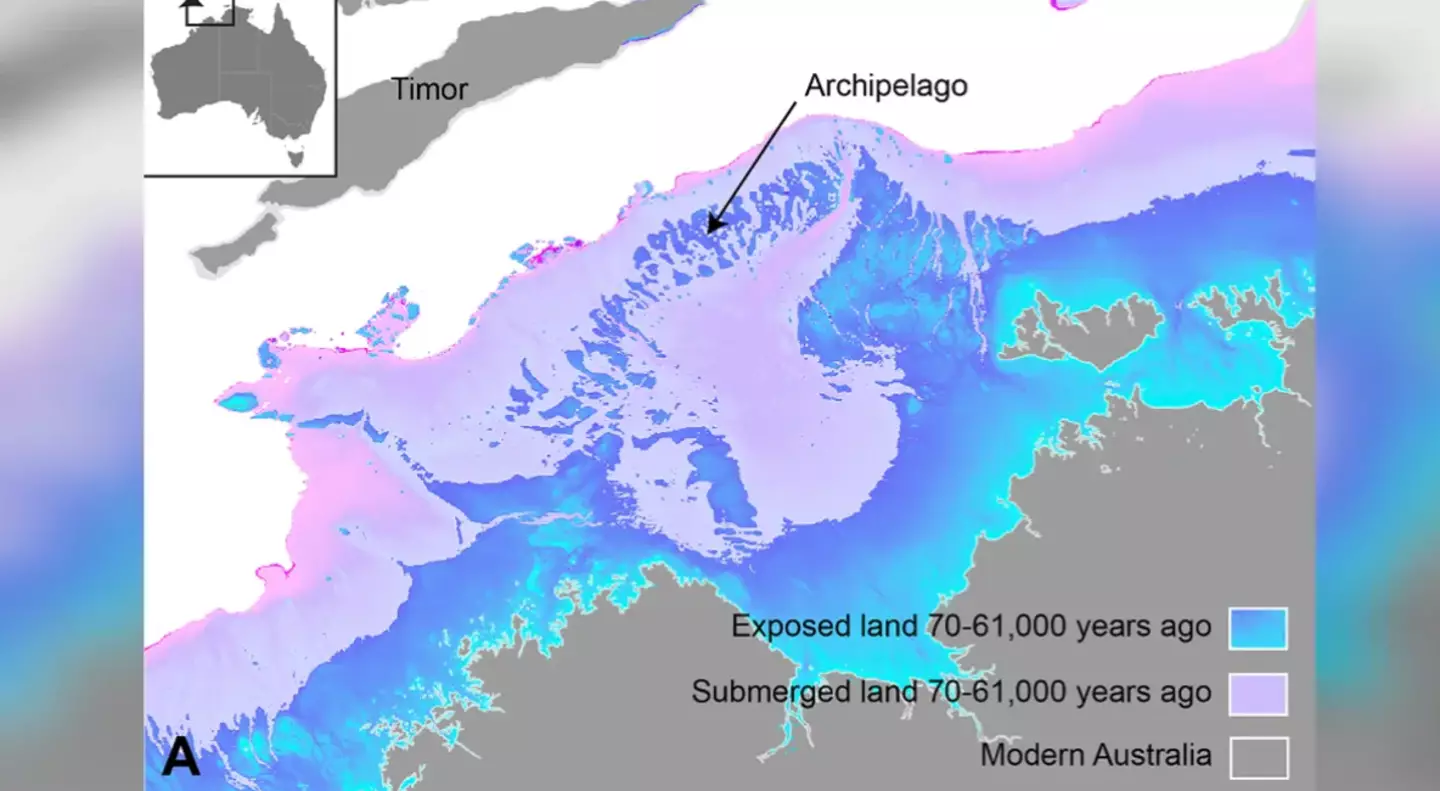
A now-submerged landmass is believed to have once been home to half a million people.
Research from the Quaternary Science Reviews found that land that's now underwater was likely once home to 500,000 people around 70,000 years ago.
Fresh water lakes have been found via solar mapping, meaning humans could have once 'thrived' at the location.
The now submerged landmass is said to be 'almost twice the size of the UK'.
Advert
The findings make it difficult to believe no humans lived there, as considering the landscape and the thriving conditions at the time, it would have been more than comfortably habitable.
The piece of land, which has now been dubbed ‘Lost Atlantis’, is located off the coast of Australia, which above sea level, would have connected the regions of Kimberley and Arnhem Land. Today, they are separated by a large ocean bay.
"We're talking about a landscape that's quite submerged, over 100 meters [330 feet] below sea level today," Kasih Norman, lead author on the new study and an archaeologist at Griffith University in Queensland, told Live Science.
"There's been an underlying assumption in Australia that our continental margins were probably unproductive and weren't really used by people, despite the fact that we have evidence from many parts of the world that people were definitely out on these continental shelves in the past."

Norman estimated that the large shelf, with these life-supporting features, could have accommodated between 50,000 and half a million people.
Advert
"It's important to bear in mind these aren't real population numbers we're talking about, it's just a matter of projecting the carrying capacity of our landscape," she said. "We're basically saying it could have had that many people."
It’s believed that potential inhabitants could have seen the beginning of the land starting to submerge as melting caps shed water into the rising sea.
Around 14,000 to 14,500 years ago, sea levels rose at an accelerating rate, and around half of the northwest Australian continental shelf was rapidly drowned.

"People would have really seen the landscape change in front of them, and been pushed back ahead of that encroaching coastline quite rapidly," Norman said.
Advert
There's evidence to suggest that at least some of the people who lived on this drowned landmass fled to the Tiwi islands, which are located on the edge of the continental shelf.
According to a 2023 study published in Nature, a change in the genetic signatures on the island at the end of the last ice age indicate an influx of new people.
Also, around 14,000 years ago, archeological evidence shows an increase in deposits of stone tools.
Norman added that this 'is normally interpreted to mean that there's a lot more people suddenly in that area'.